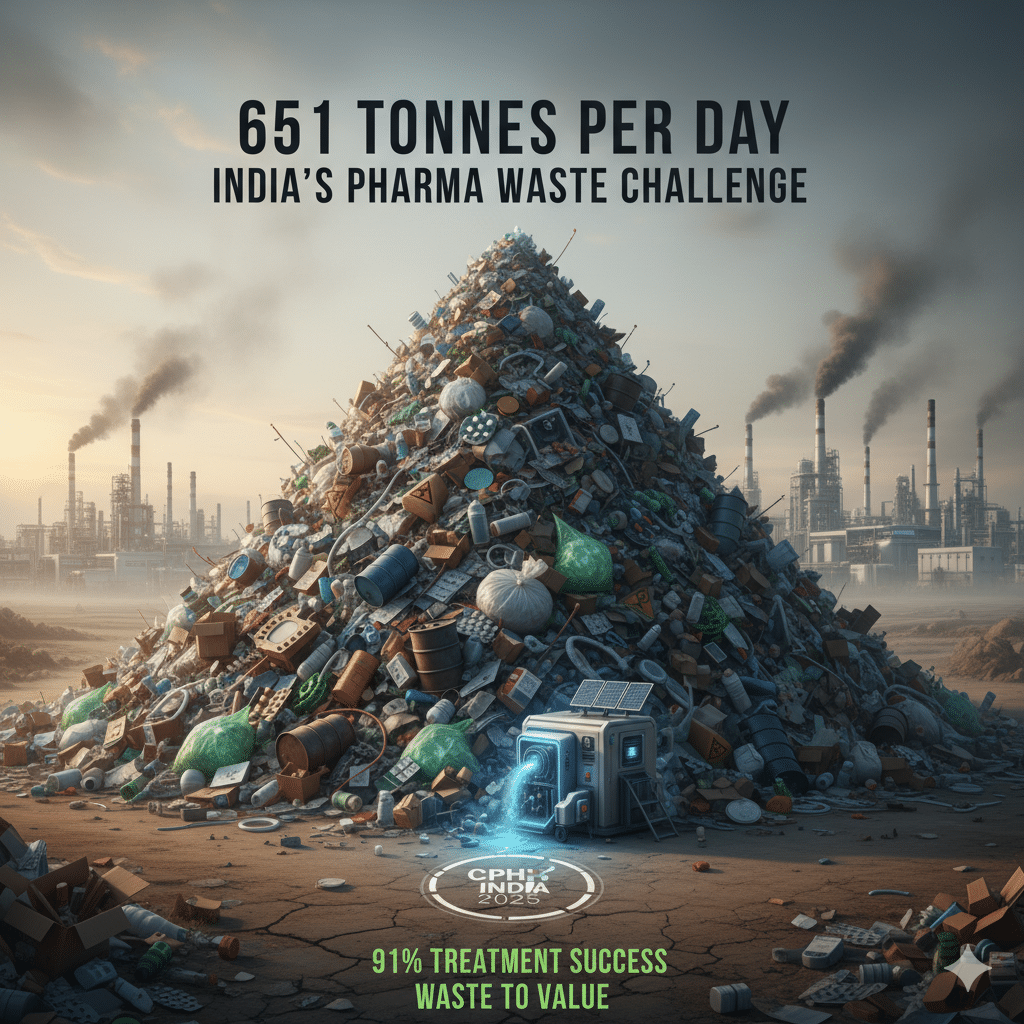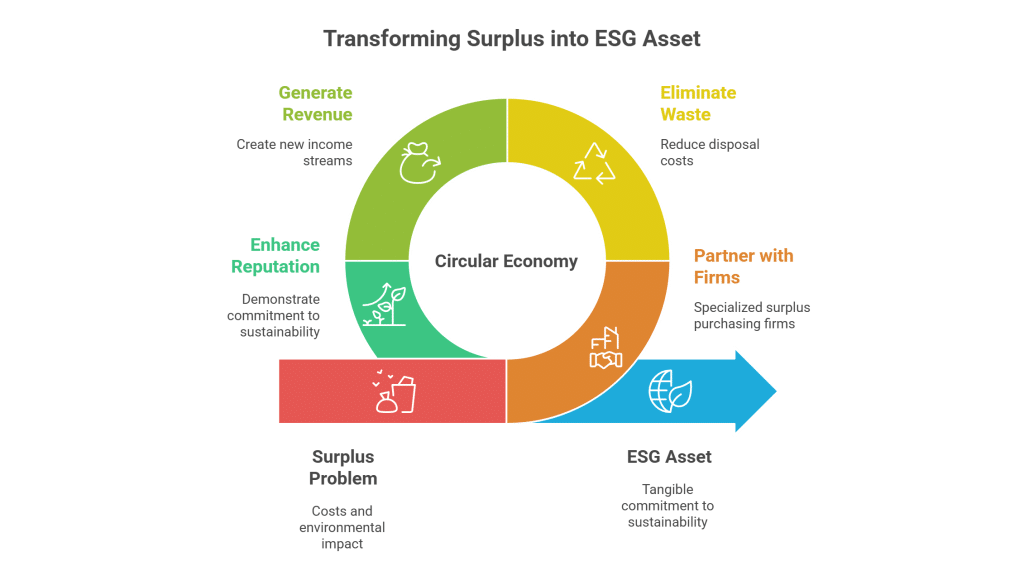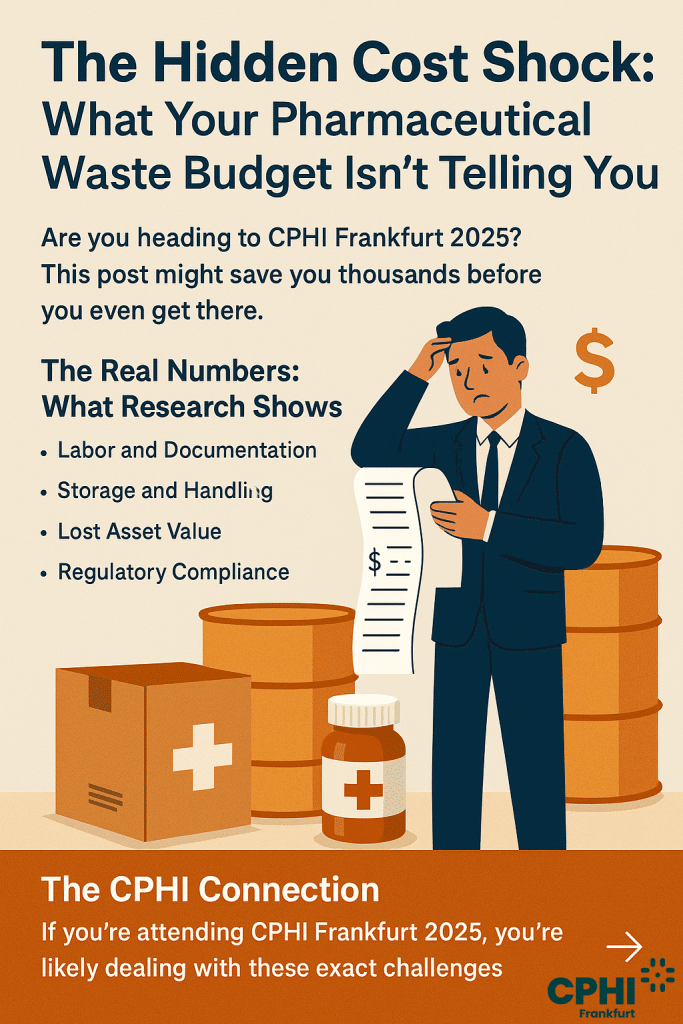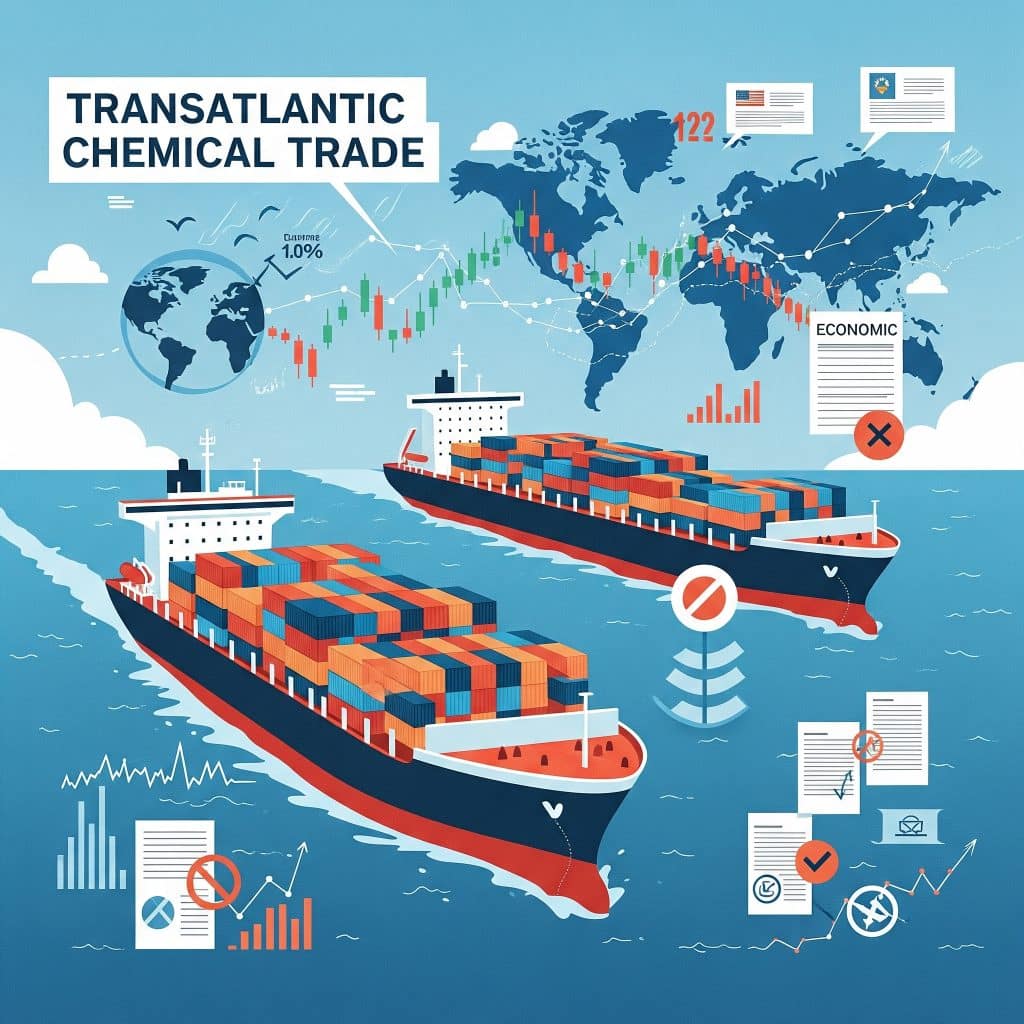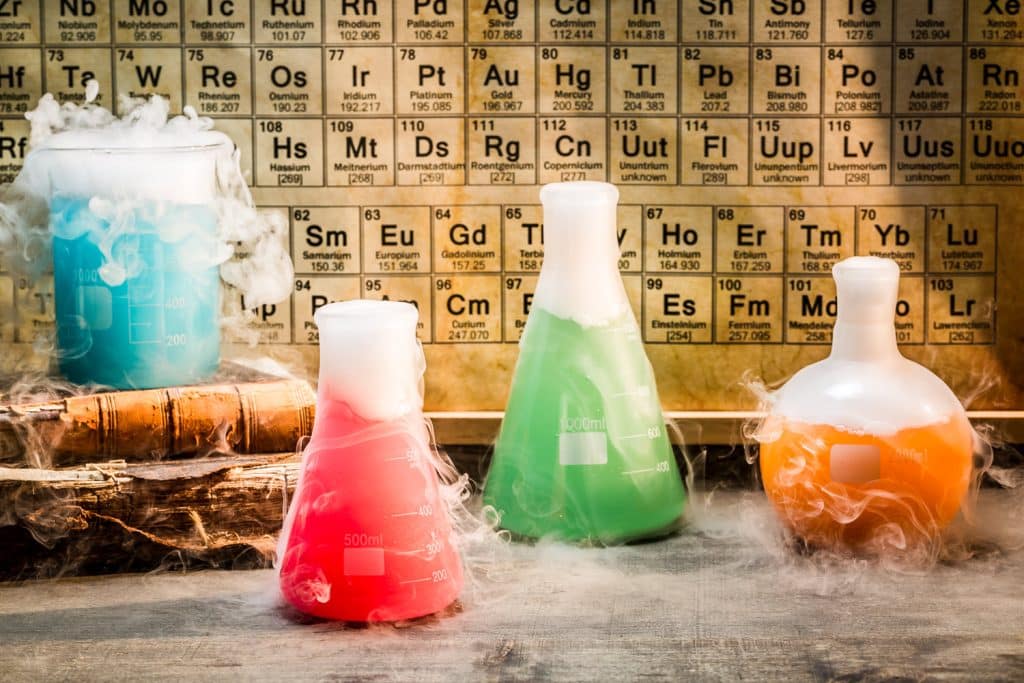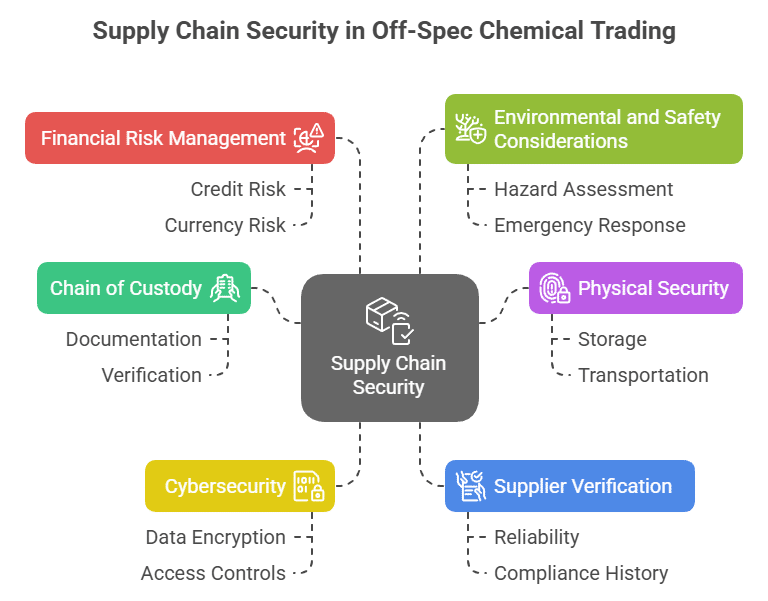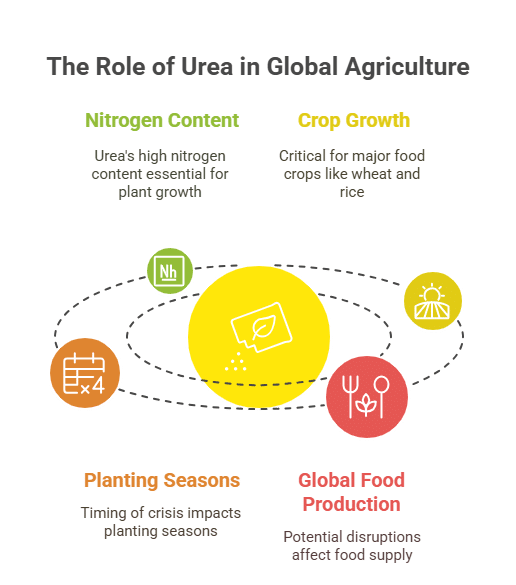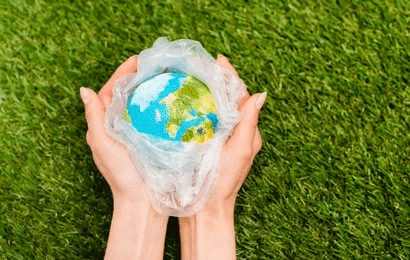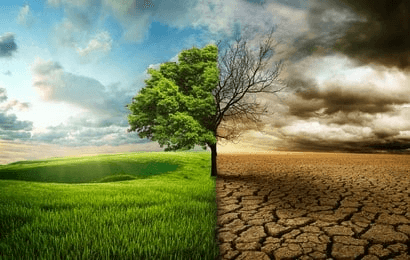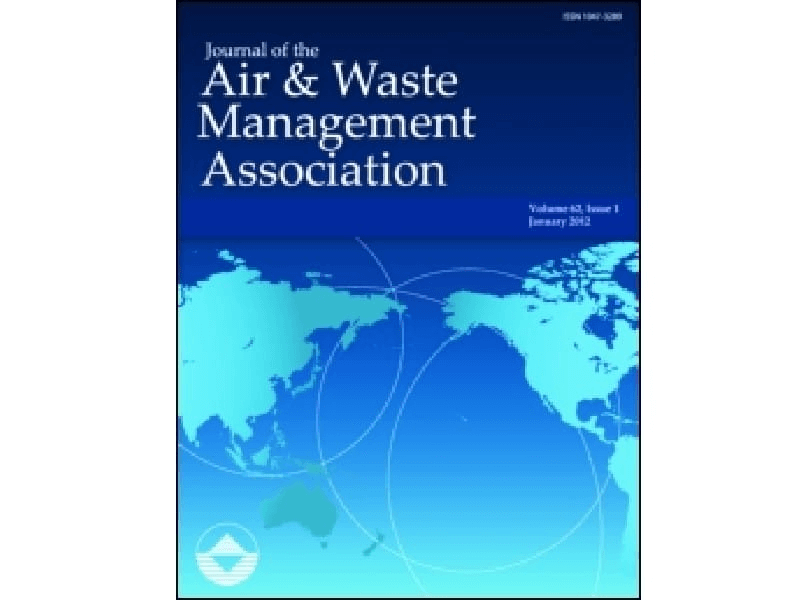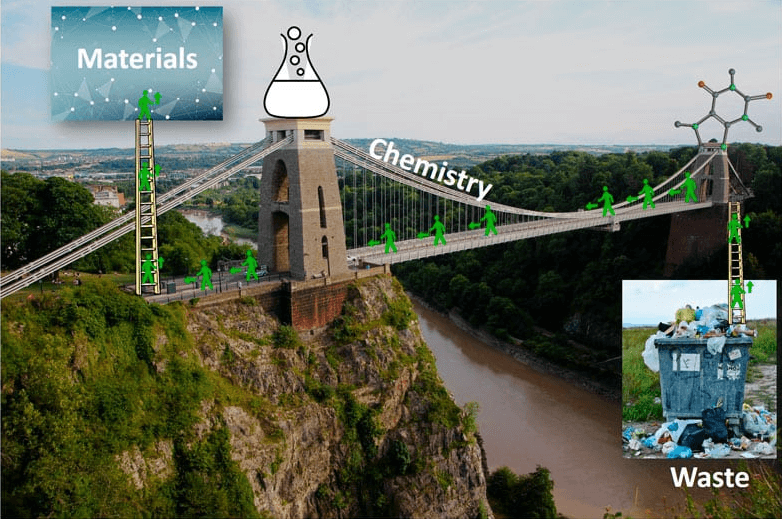Unlocking Value from Surplus Polyacrylamide in Industrial and Agricultural Applications
Polyacrylamide is a versatile, high molecular weight polymer used widely in both industrial and agricultural settings. As a specialty chemical, its exceptional water-solubility and flocculation properties make it indispensable in wastewater treatment, soil conditioning, and various specialized manufacturing processes. Even when surplus, polyacrylamide retains significant value, serving as a critical resource that can be repurposed rather than discarded. Companies often find themselves with extra inventories due to overproduction or process changes, and this surplus can be transformed from a storage burden into a revenue stream.
Surplus Trading of Polyacrylamide: Sustainable Solutions in Industrial & Agricultural Sectors
The buying and selling of surplus polyacrylamide offers considerable benefits. For sellers, offloading excess inventory not only recoups costs and frees up valuable storage space but also reduces disposal expenses and regulatory concerns. Buyers take advantage of lower procurement costs while gaining access to high-quality material that supports sustainable practices. This surplus trading model optimizes resource use, minimizes waste, and promotes an eco-friendly approach by turning idle chemical stocks into viable assets that boost both economic and environmental performance.
Polyacrylamide in Industrial & Agricultural Applications
Buyers benefit from sourcing surplus polyacrylamide at competitive prices without compromising quality. This cost-effective approach allows for more flexible budgeting and inventory management. Additionally, the environmentally sustainable nature of utilizing surplus chemicals supports green initiatives, reducing the overall carbon footprint and adhering to stringent environmental regulations. Procuring surplus material can also expedite supply chains by mitigating the delays often associated with new stock production.
For sellers, offloading surplus polyacrylamide offers a viable solution to financial and logistical challenges. Selling excess inventory transforms a storage liability into recovered capital, alleviating the pressure of disposal costs and complex regulatory compliance. Moreover, it provides a chance to streamline production processes by clearing out outdated stocks, thus paving the way for new, innovative chemical formulations that meet current market demands.
Table of Contents
Success Story: Transforming Surplus to Profit in Agriculture
In one remarkable case, a mid-sized agricultural supplier found itself burdened with surplus polyacrylamide inventory that was approaching its expiration date. Rather than facing high disposal costs and storage challenges, the company partnered with a specialized chemical trading firm. By leveraging the surplus market, they successfully converted excess polyacrylamide into a reliable revenue stream. This enabled them to free up vital warehouse space, reduce environmental waste, and reinvest in modern agricultural technology. The strategic move not only enhanced their operational efficiency but also set a benchmark for sustainable inventory management in the agricultural sector.



